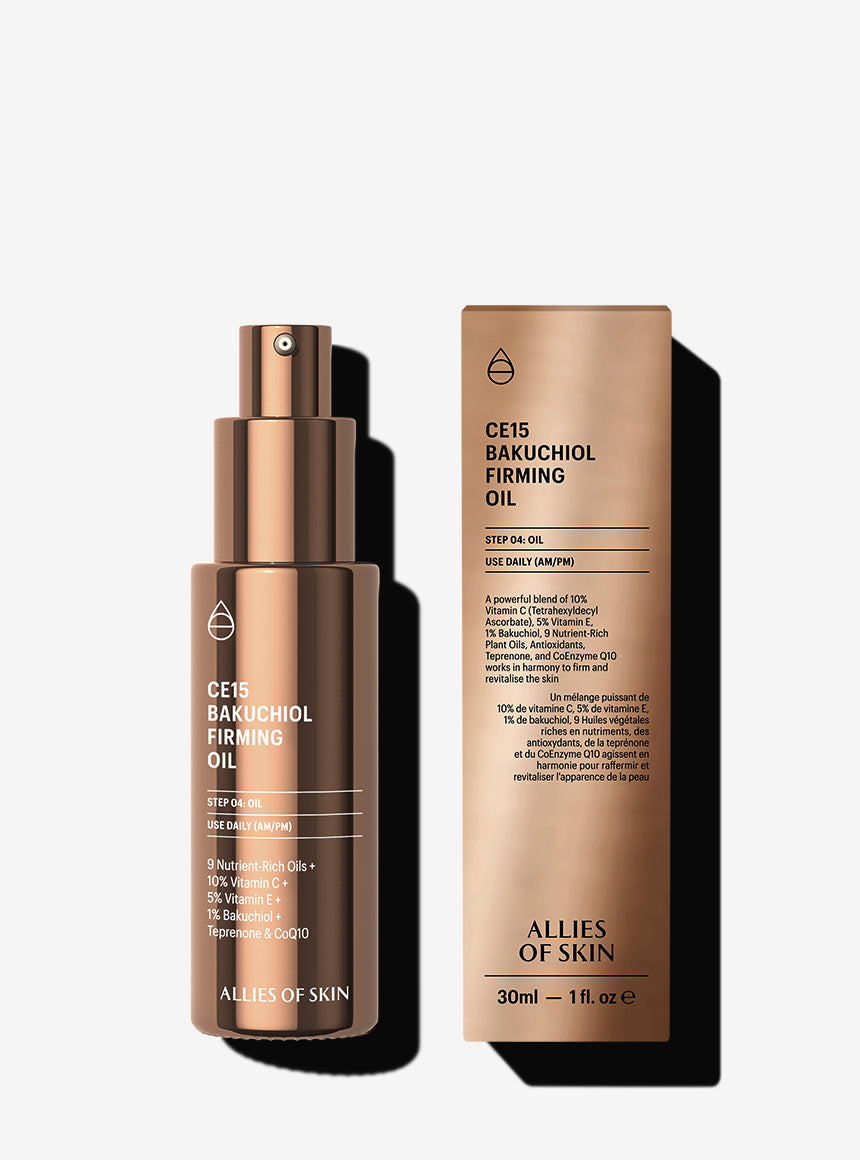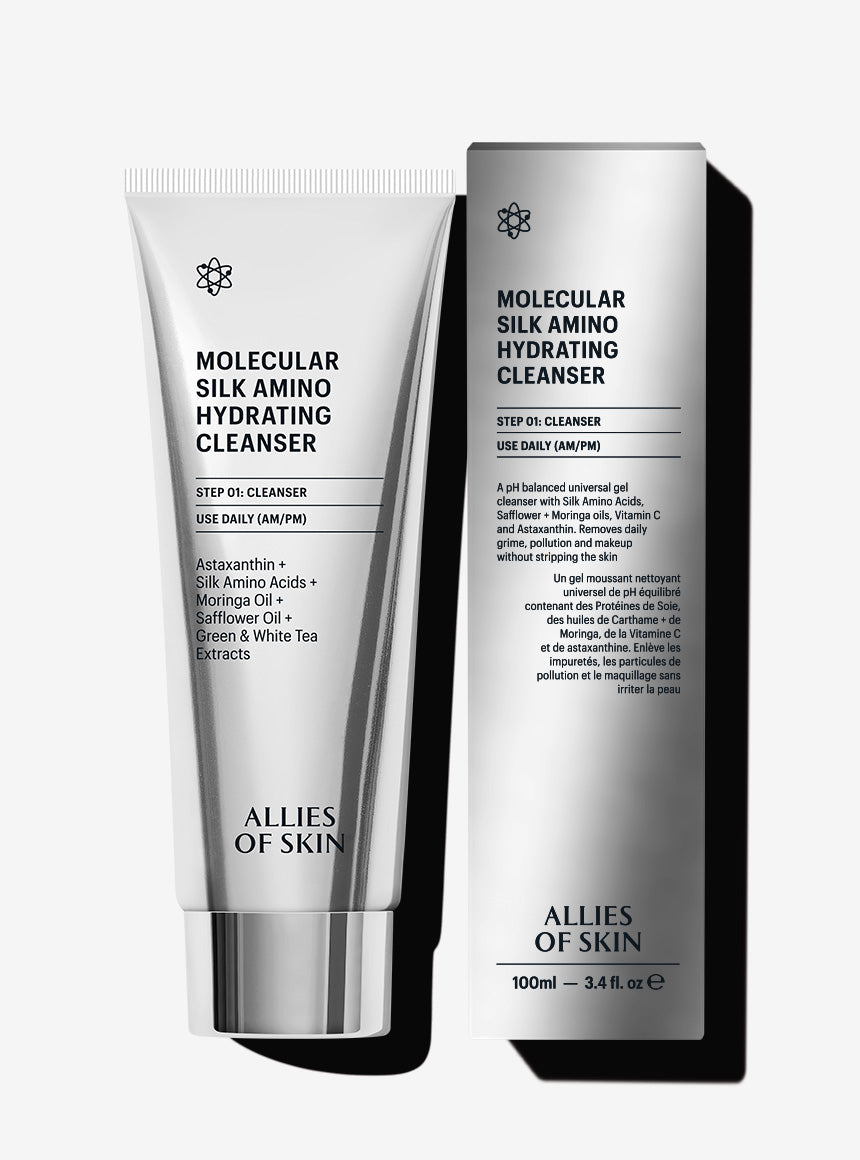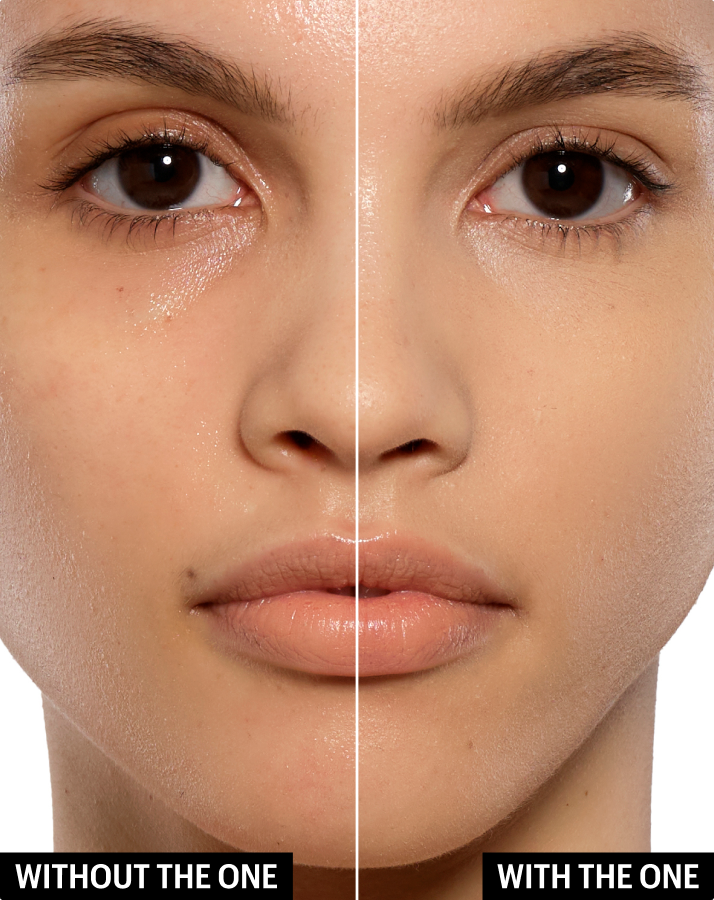100% INVISIBLE.
GLOWING NATURAL FINISH.
THE PERFECT PRIMER
& MAKEUP BASE.
(i.e. your skin has high protection against UVA rays)
**Tested on & fits all skin tones (Fitzpatrick scale 1-6). Result based on self-assessment with 39 participants after 1 week of use.


CLINICALLY PROVEN ACTIVE INGREDIENTS IN SUPERCHARGED CONCENTRATIONS
KEY ALLIES
Second-Skin Aloe Membrane Complex
Vitamin C
Vitamin E
Licorice Root Extract
Green Tea
Red Raspberry Seed Oil
Reapply frequently (at least every 2 hours) to maintain protection, after 80 minutes of swimming, or sweating, and immediately after towel drying.


Faq
Yes, The One is not only a transparent, water-resistant broad-spectrum SPF 50 PA++++ sunscreen, it also works as a great primer for your makeup.
Great question! We recommend that you apply The One liberally every morning (no matter the weather/season), 15 minutes before sun exposure and as needed. You should reapply:
- 80 minutes of swimming or sweating
- immediately after towel drying
- at least every 2 hours when exposed to direct sunlight
- The One is a chemical sunscreen. “Chemical” sunscreen is the popular name for Organic sunscreens / filters – organic in this case meaning being carbon-based chemicals, and not related to organic production/farming methods.
- Likewise, “Physical” sunscreen is the popular name for Inorganic filters. These are also often called “mineral” filters.
- In actuality, both types of sunscreens are chemicals and both are physical.
Organic filters are a group of chemicals used as sunscreens which work mostly by absorbing UV rays and releasing the energy as heat. They offer additional benefits in sunscreen formulation including generally being the most cosmetically elegant due to most of them appearing transparent on the skin making them less likely to be seen on the skin, particularly more melanated skin.
Inorganic filters also work by mostly absorbing UV rays, contrary to the belief that they work by reflecting the rays away and/or “physically” shielding the skin. Inorganic filters include zinc oxide and titanium dioxide and can make equally efficacious sunscreens, with the caveat that they will usually leave a “white cast” or chalky appearance on the skin when applied properly.













